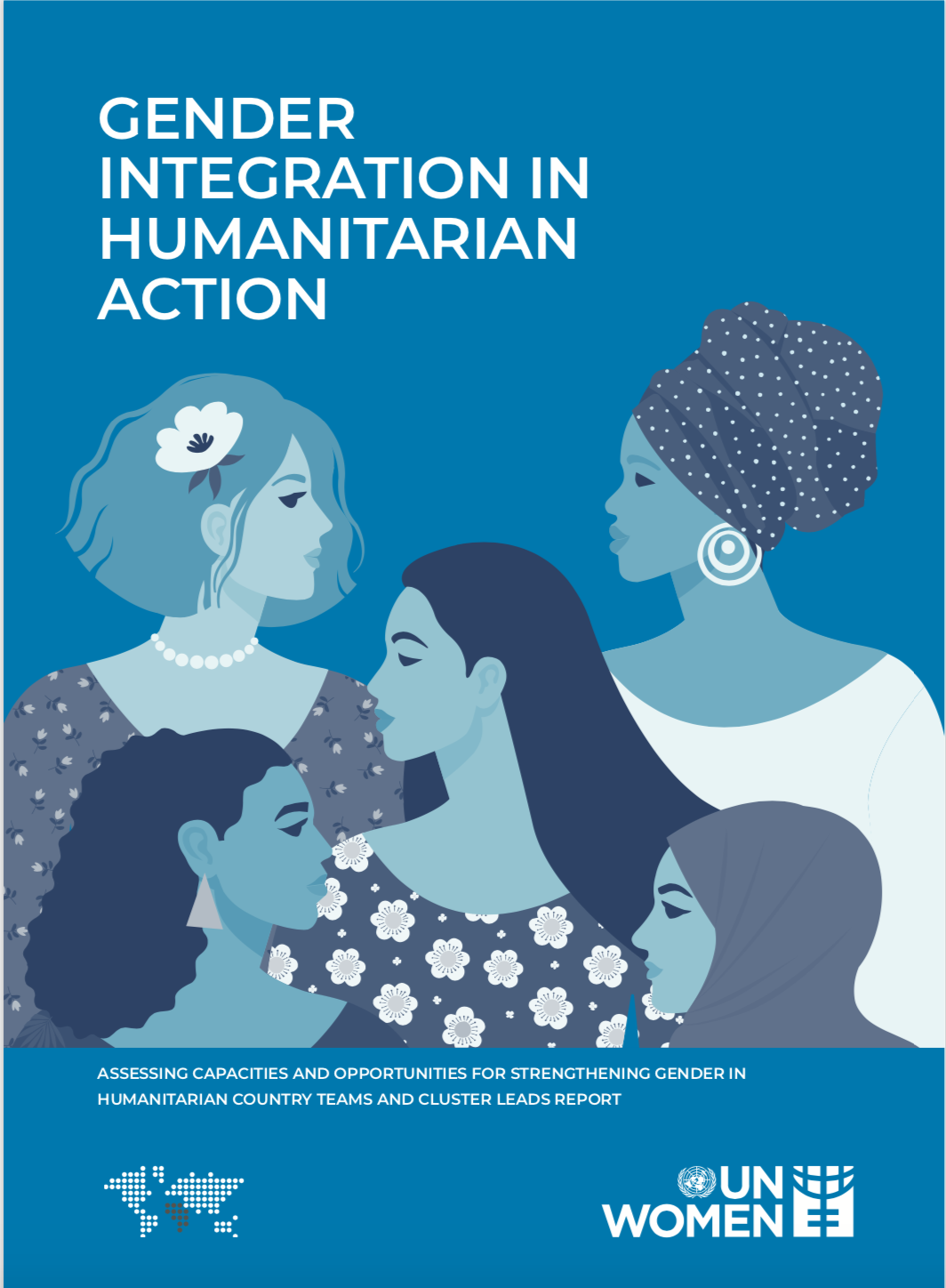
Gender Integration in Humanitarian Action

Humanitarian responses are more effective in the short and long term if the needs of the marginalized groups, including those of women and girls are properly assessed, analyzed and responded to. In order to ensure this happens, there is need to strengthen the capacity of the core coordination structures. To this end, UN Women East and Southern Africa Regional Office (ESAR) conducted an assessment to improve its understanding of the strengths and gaps in the knowledge, skills and practice among humanitarian actors in the ESAR and the opportunities that exist to strengthen capacity for gender integration among HCTs and Clusters. The assessment focused on HCTs and Cluster Working Groups (CWGs) in recognition of the central role they play in planning and coordinating humanitarian responses. Survey findings showed that the overall knowledge of Gender integration in Humanitarian Action (GiHA) was average, with just over half of the HCTs and Clusters
reporting a working knowledge and only one third (33 percent HCTs and 25 percent clusters) reporting comprehensive knowledge. This means that they fully understood how to integrate gender at all stages of the HPC and were comfortable to provide leadership in it.